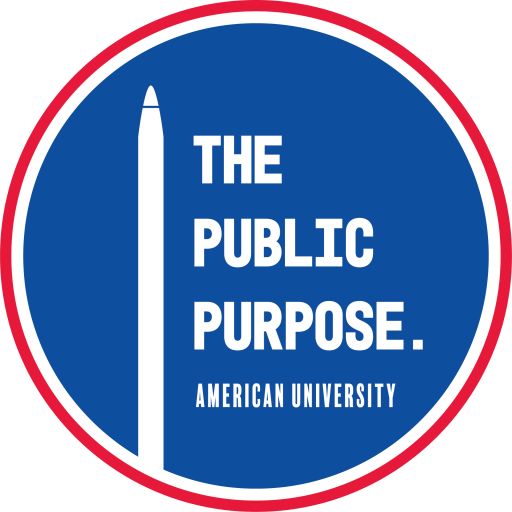The Great Streets program in Washington, D.C. was initially designed in the mid-2000s to assist small business owners experiencing financial stress resulting from the city’s transportation-related construction projects. The program has since evolved to support hundreds of small businesses in the city’s emerging neighborhood corridors. While a causal connection between socioeconomic deprivation and criminal behavior has long been theorized, there are few studies analyzing the relationship between commercial revitalization and crime rates at the business level. Our research attempts to address the question: How does giving a small business a public retail revitalization grant affect crime rates in the immediate proximity of the storefront? Using grantee and crime data from Open Data DC and demographic data from the United States Census Bureau, this study employs an innovative donut geospatial modeling technique to set treatment and control areas in concentric circles with equal square footage around each grantee. Because the two areas are equal, crime counts occurring in each could be directly compared. A difference-in-differences approach was used to analyze the impact of small business grants on crime in the immediate vicinity of grantees. Crime outcomes were evaluated for the District as a whole, then separated by corridor. Our results suggest that the effectiveness of the Great Streets program to reduce property crime is dependent on the demographic makeup and socioeconomic shifts of a neighborhood. This is consistent with contemporary criminological research which shows that as communities absorb higher-income residents, these residents are often more likely to report property crime. These results indicate promise for business development grants to curb certain types of crime in particular neighborhoods.
April Hurry

